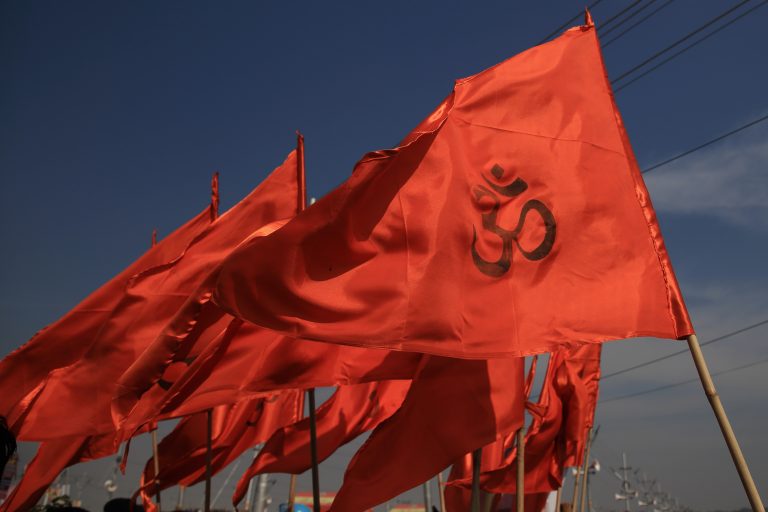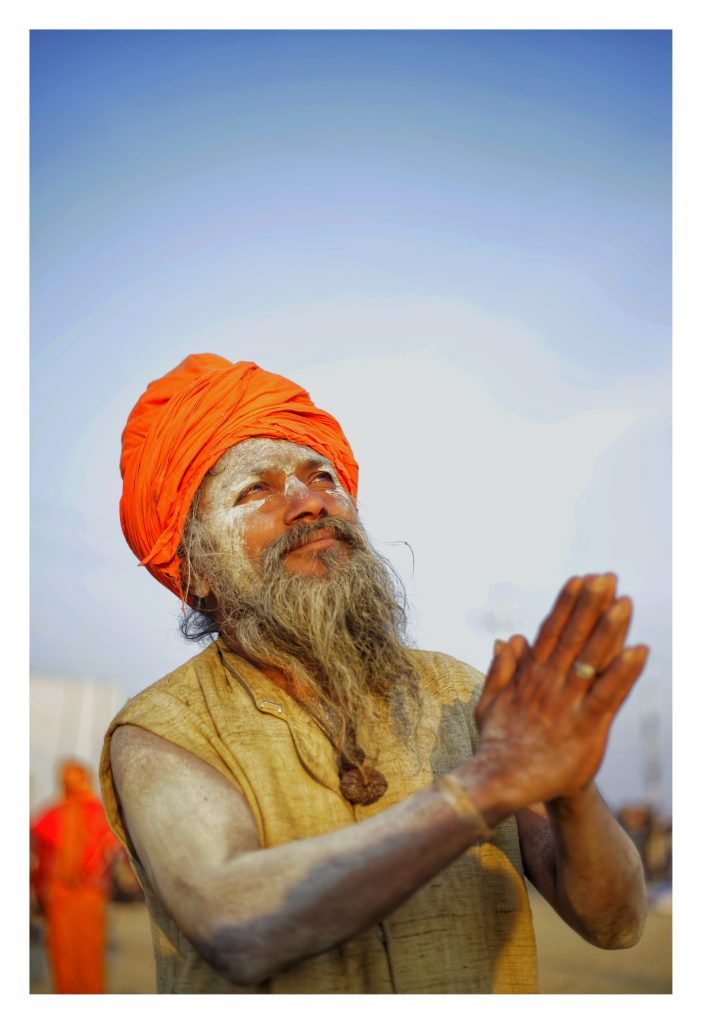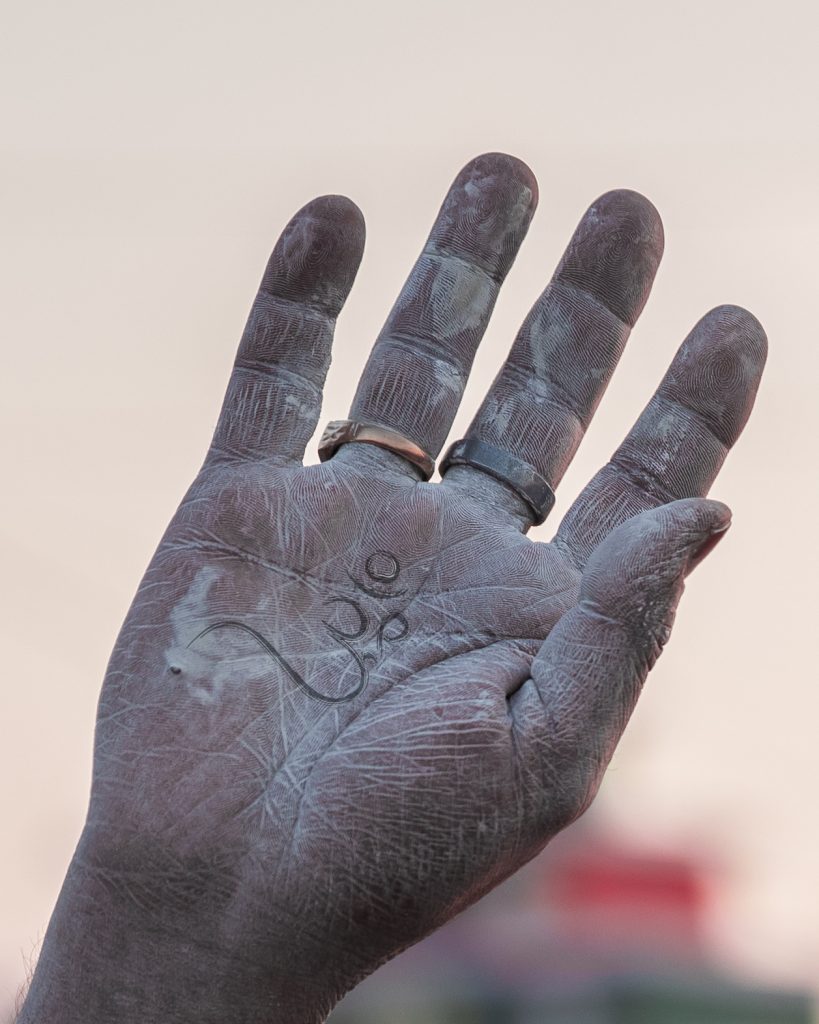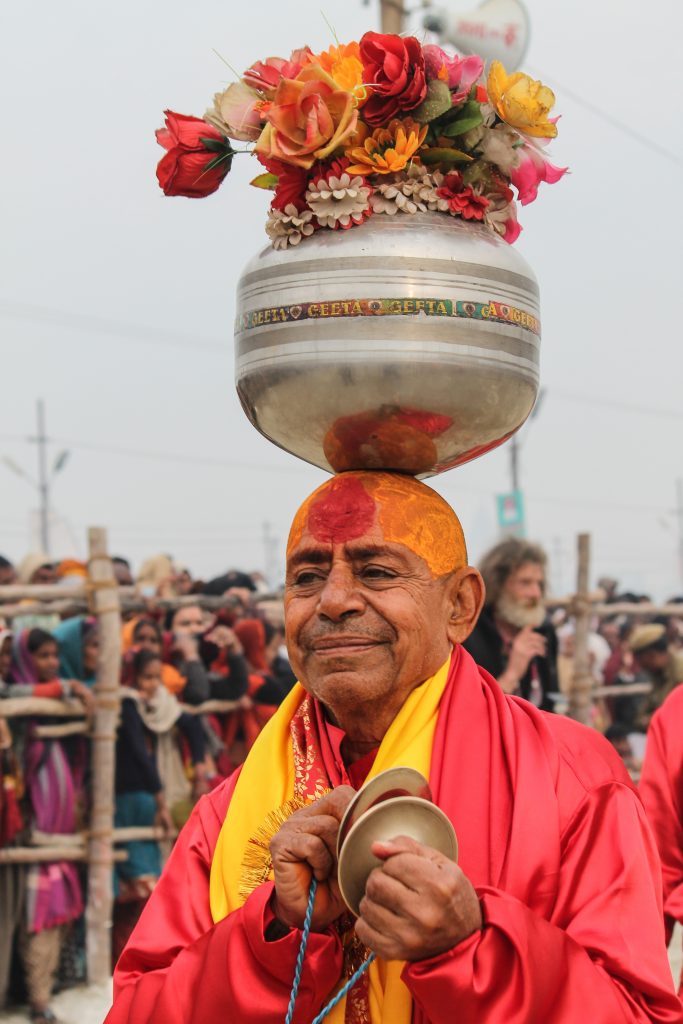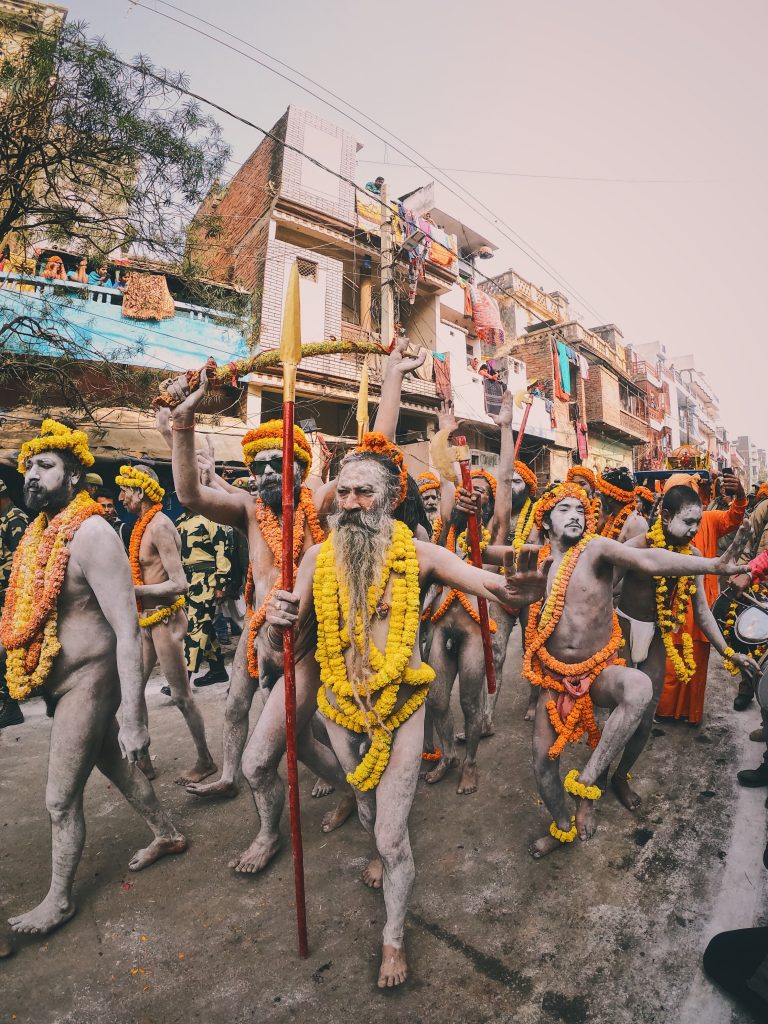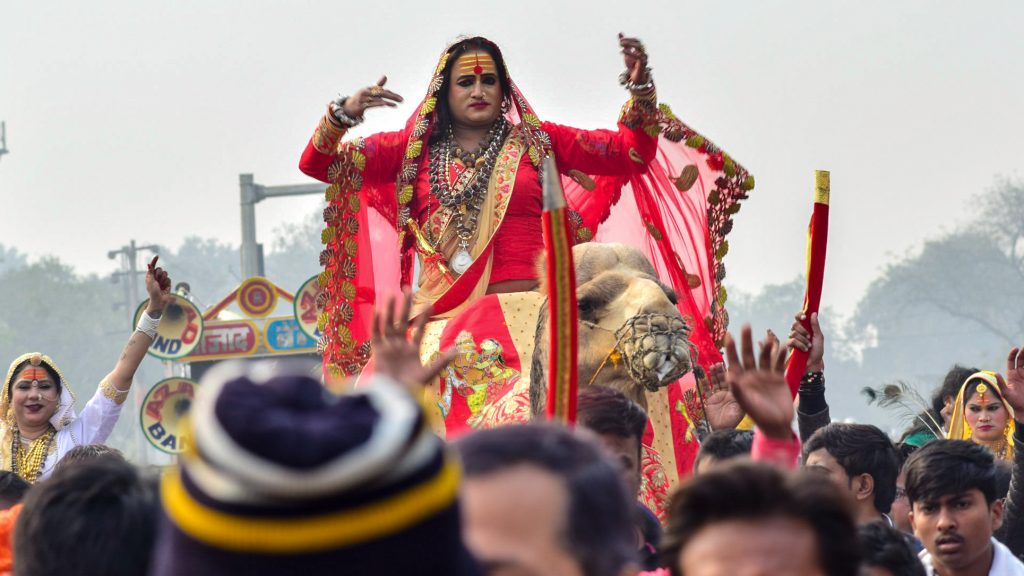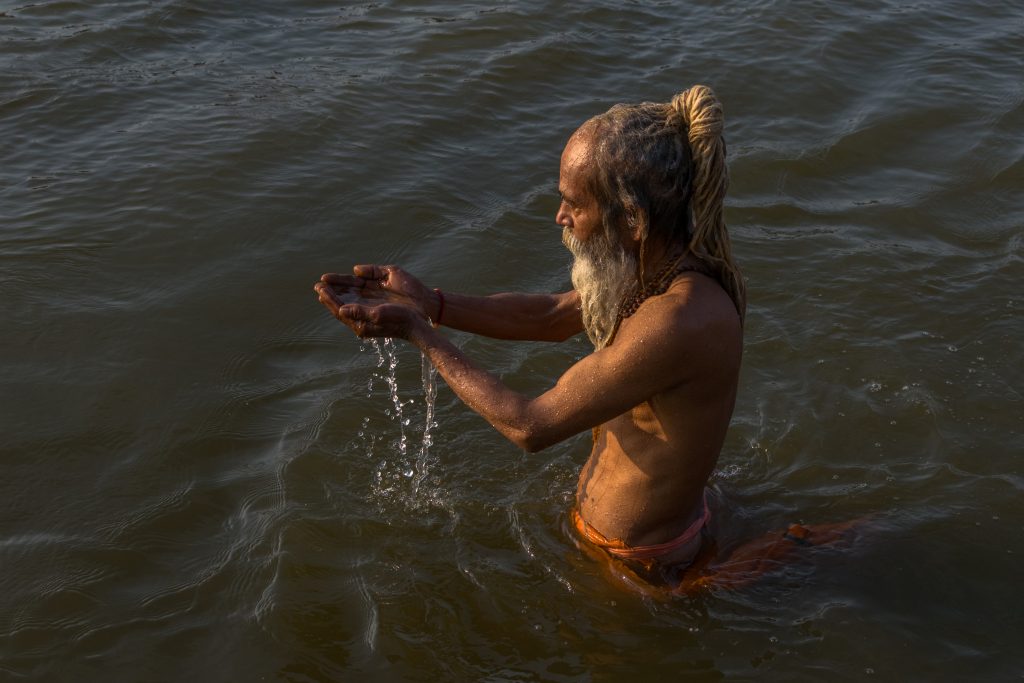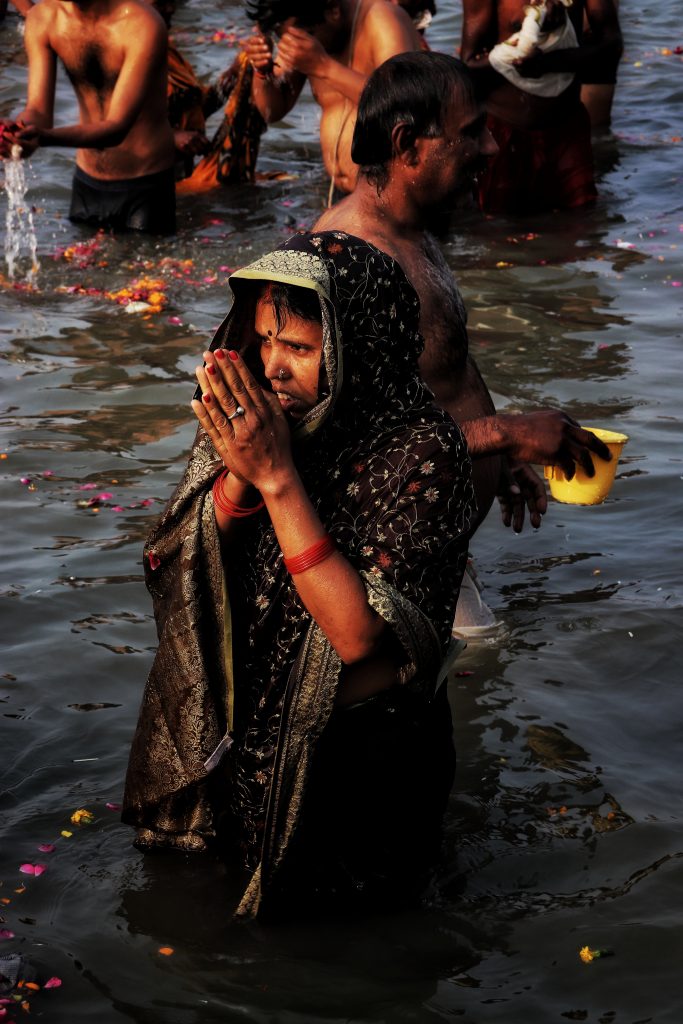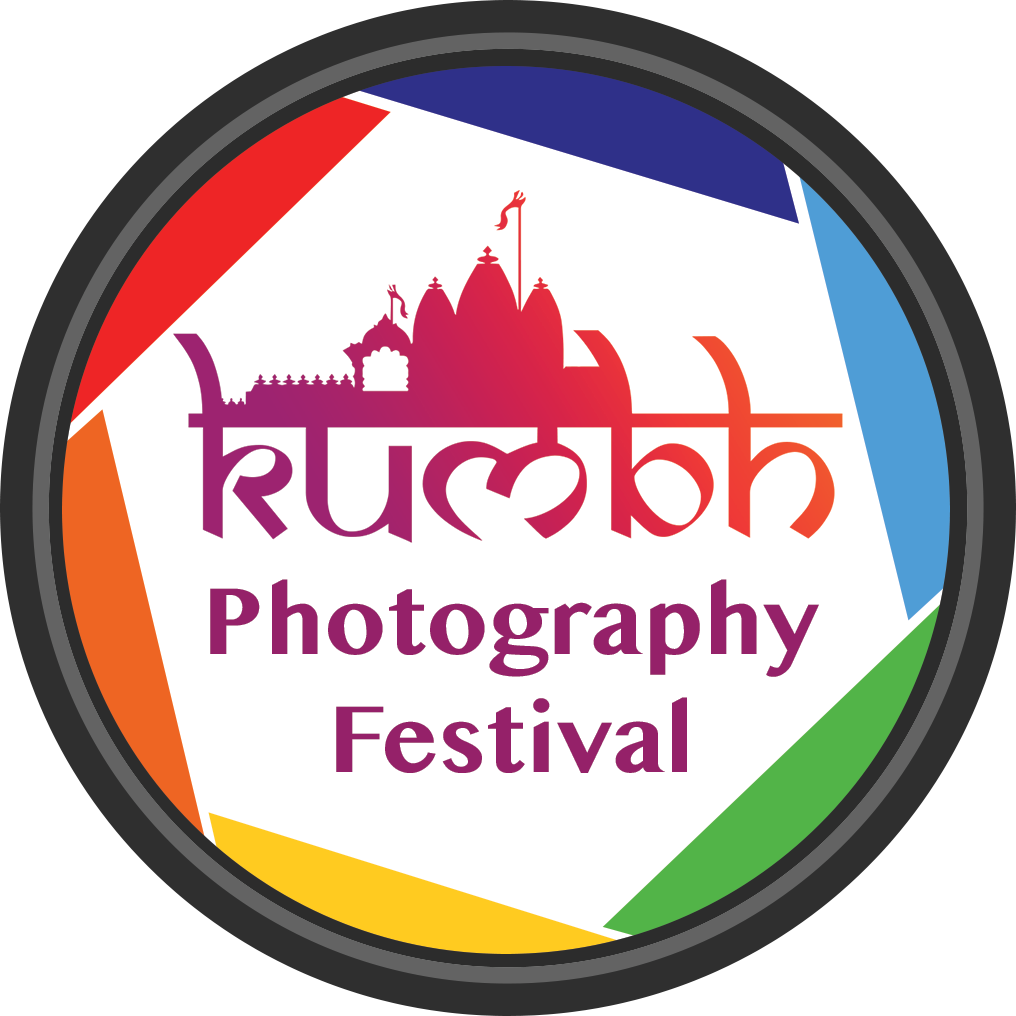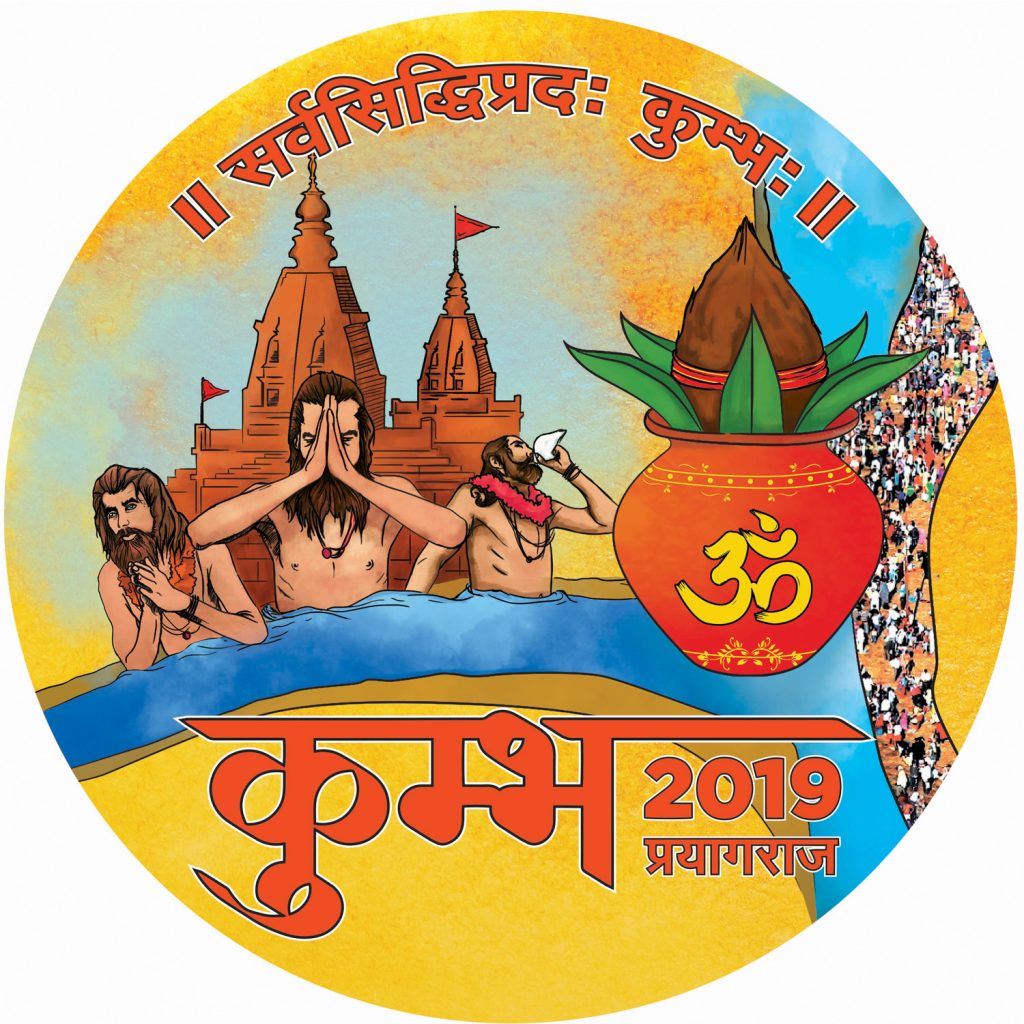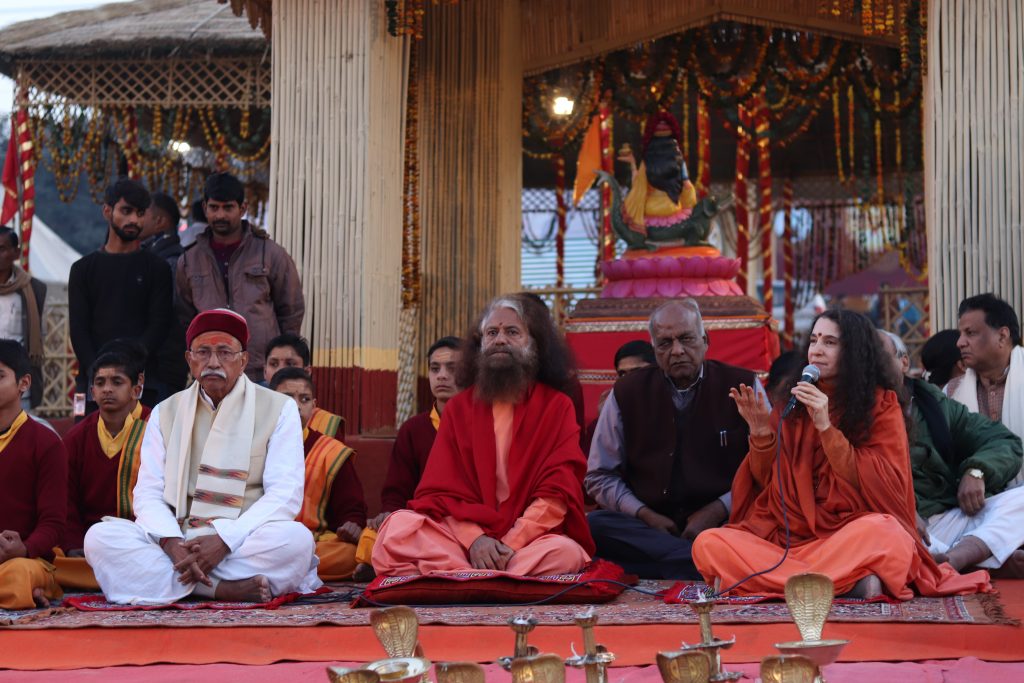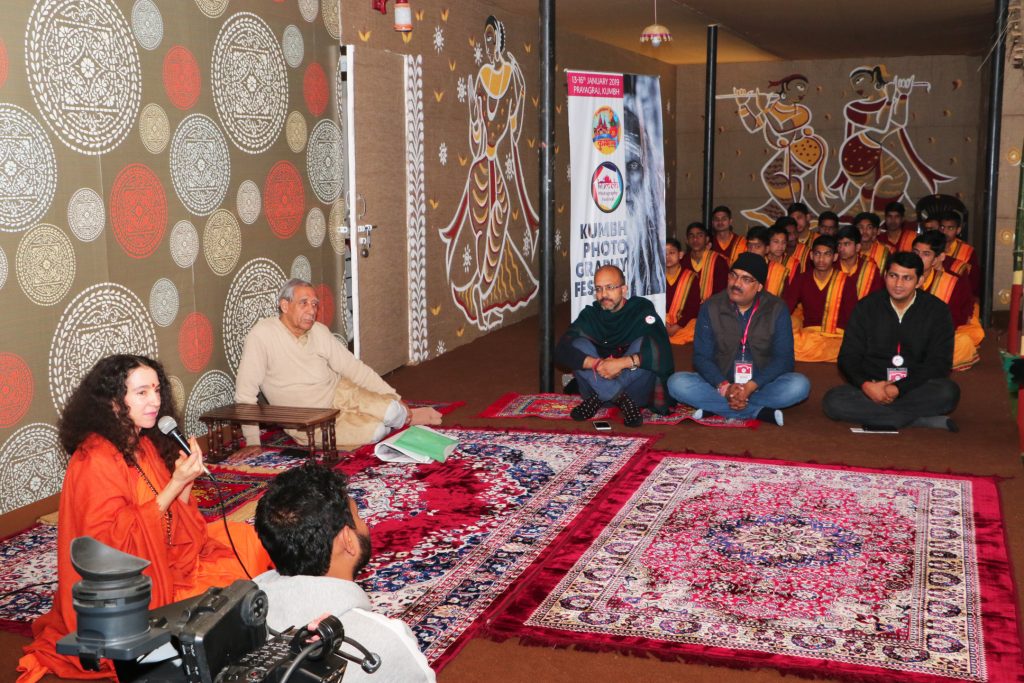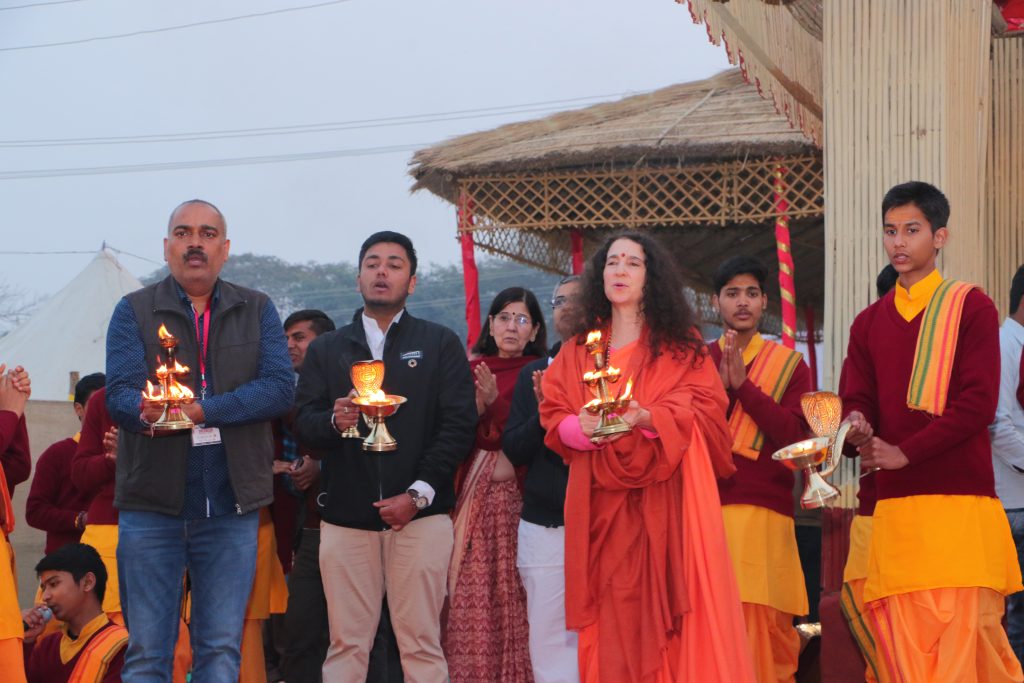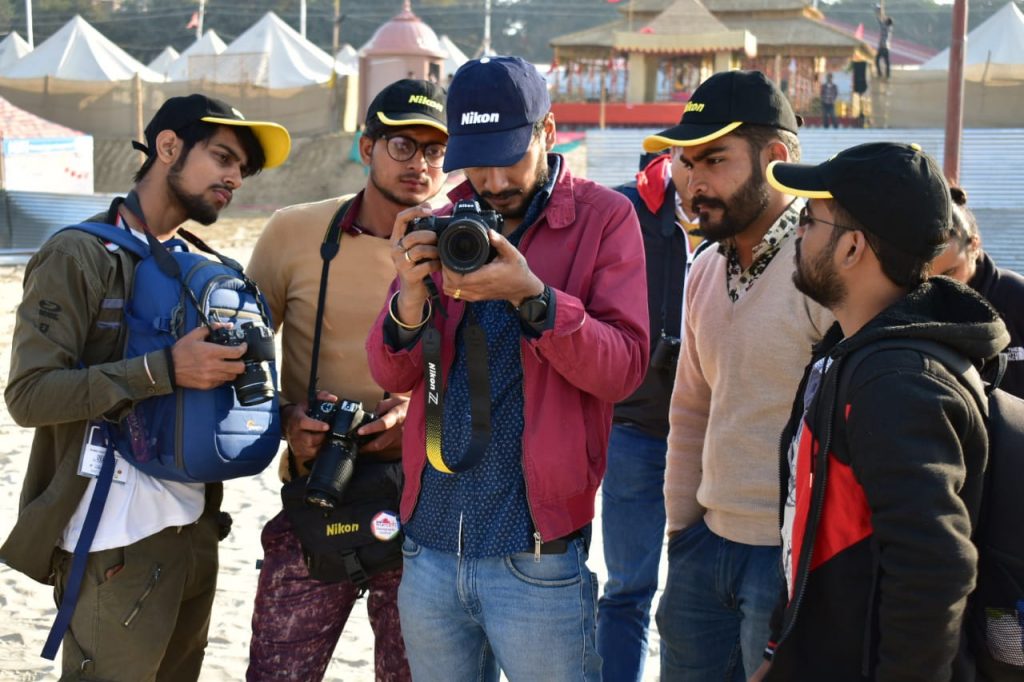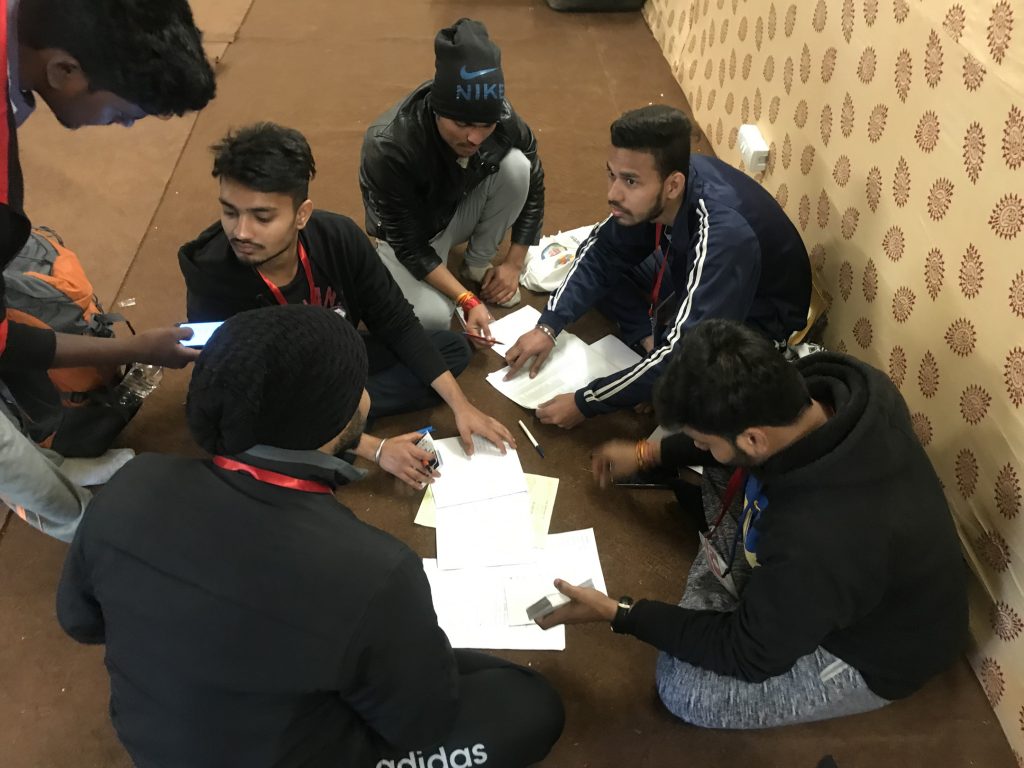Festivals in India are celebrated with great enthusiasm. Indians give special importance to their festivals. Each festival has its own unique way.
Kumbh Mela is one of the largest festivals celebrated amongst Hindus. Kumbh Mela has its own religious importance, People celebrate the festival by going on a pilgrimage in the hope of washing away their past sins. The mela has the largest gathering as lakhs and lakhs of devotees come from all over the country.
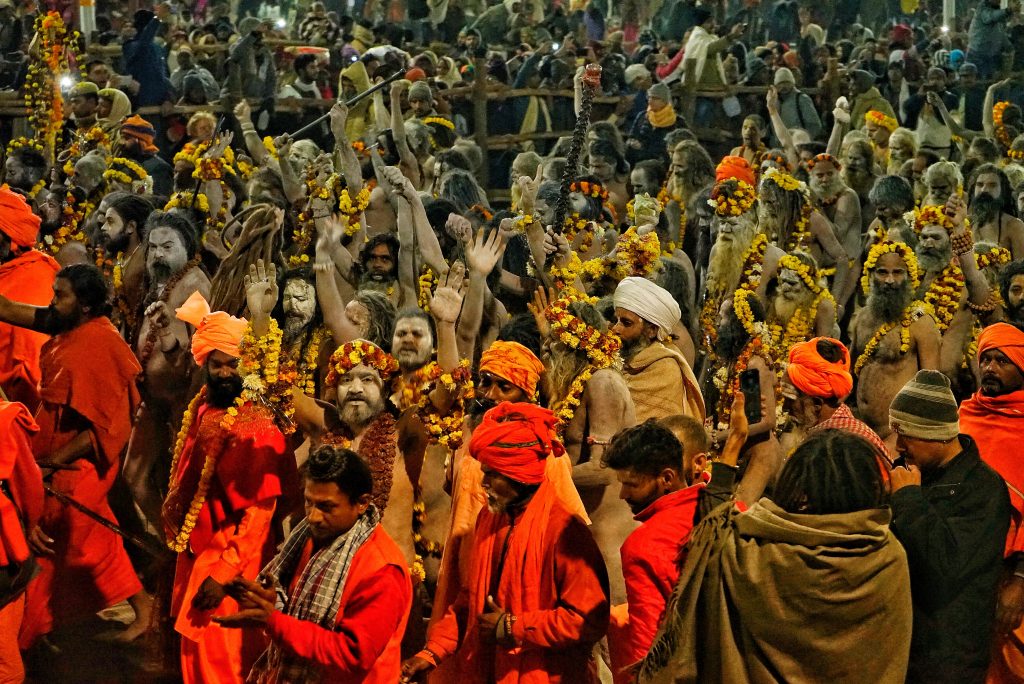
Kumbh Mela takes place on the dates when the nectar is said to have fallen in the holy river. Every year, the dates are calculated according to the combination of Jupiter, the Sun and the Moon’s zodiac positions. The mela is held every three years and the location switches between four pilgrimage sites situated on the banks of the holy rivers. – These places are Haridwar on the Ganga river in the Uttarakhand, Ujjain on the Shipra river in Madhya Pradesh, Nashik on the Godavari river in Maharashtra and Prayagraj at the confluence of three rivers Ganga, Yamuna and Saraswati in Uttar Pradesh. So, the mela returns to each location after a span of 12 years. The world’s largest gathering Kumbh Mela has been included in UNESCO’s representative list ‘Intangible Cultural Heritage of Humanity’.
The historic context behind Kumbh Mela
Kumbh Mela is made up of two words Kumbh and Mela. The name Kumbh is derived from the immortal ‘pot of nectar’.Mela means ‘fair’ or ‘gathering’. The history of Kumbh Mela is related to the days when the Devtas and the Demons conjointly produced the nectar of immortality. The Devtas and the demons agreed to complete the task together and decided to share the nectar of immorality in half. The Devtas and the demons then assembled on the shore of the milk ocean. The churning of the milk ocean produced a deadly poison which Lord Shiva drank without being affected. After crossing through many hurdles years later, Dhanwantari appeared with the nectar of immortality in her hands.
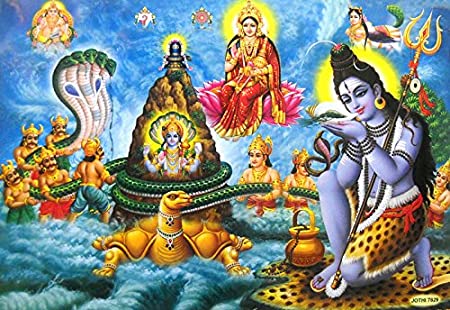
The Devtas forcibly ceased the pot with its safety entrusted onto the four Gods – Brahaspati, Surya, Shani, and Chandra. Thereafter, the demons chased the Devtas for many days. During this time the drops of Kumbh dropped at 4 places Prayagraj, Haridwar, Ujjain, and Nashik. These four places are since then believed to have acquired mystical powers. The fight for the Kumbh between the Gods and demons continued for 12 divine days, which is considered to be as long as 12 years for humans. That is why the Kumbh Mela is celebrated once in 12 years and gathering took place on the holy sites.
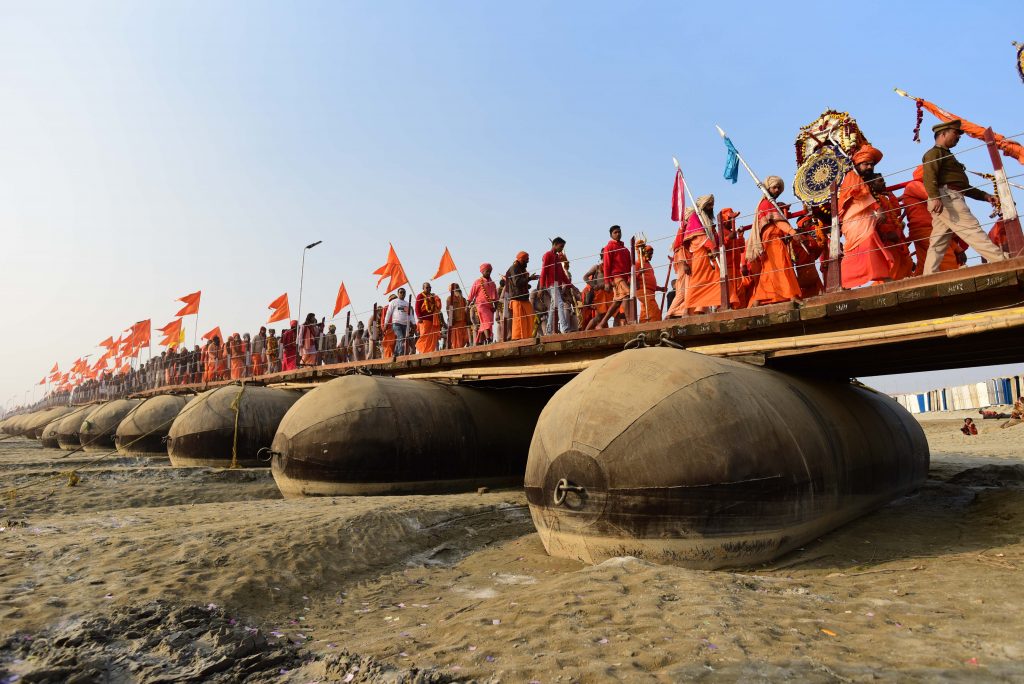
Ascetics with Naga Sadhus holy men of ” Shri Panchayati Taponidhi Niranjani Akhara” take part in royal entry religious procession called “Peshwai” ceremony at bank of river Ganga
The first written evidence of the Kumbh Mela is mentioned in Bhagvat Purana, the Samudra Manthan is also mentioned in the Bhagavata Purana, Vishnu Purana, Mahabharata and Ramayana. Another written evidence of Kumbh Mela is mentioned in the works of Chinese traveler Hsuan Tsang (or Xuan Zang) who visited India in 629-645 AD, during the reign of Harshavardhana.
How is Kumbh celebrated?
The main ritual of Kumbh Mela is bathing in the rivers. Washing in holy waters is believed to deliver worshippers from their past sins and lead them to moksha, or liberation from the cycle of birth and death.
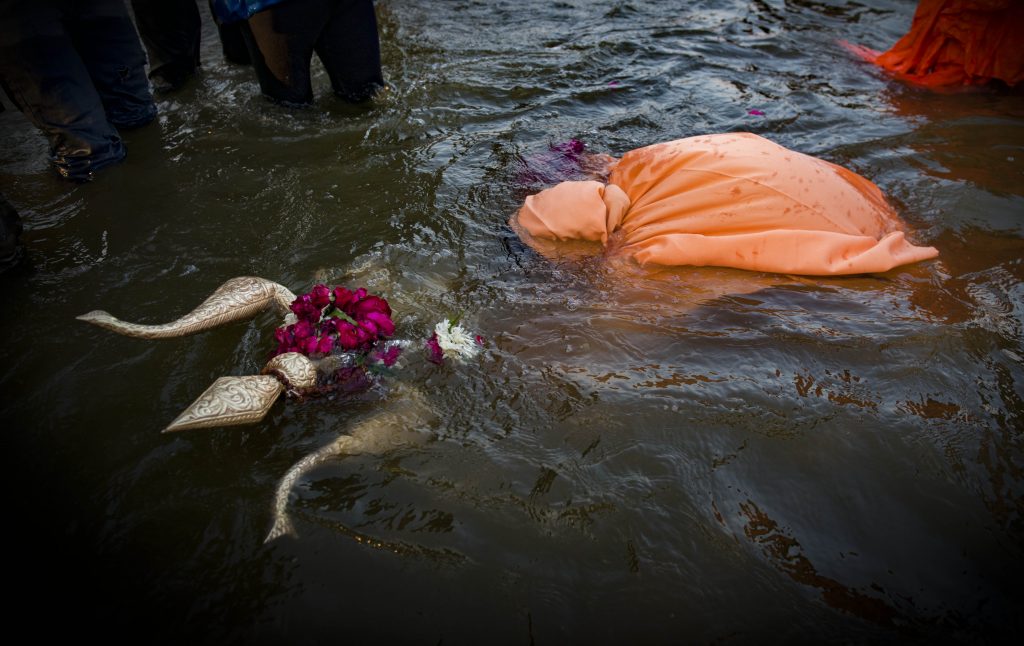
Worshippers will line up before sunrise, and proceed into the water throughout the day. In Kumbh Mela, the first bath is lead by the Saints which is known as Shahi Snan of Kumbh and it starts at 3 AM. After the royal bath of the Saint’s common people gets permission to take a bath in the holy river.
Many holy men from different Hindu sects attend the mela. Some of them include Nagas (who do not wear any clothes), Kalpwasis (who bathe thrice a day) and urdhawavahurs (believe in putting the body through severe austerities).
Astrological Significance
The Samudra Manthan Tale is referred to the Astrological significance of the festival when Lord Vishnu took 12 divine days to reach the heavens. Every twelfth year when Jupiter enters the Aries constellation on the day of the new moon in the month of Magh, as per the Hindu Calendar, Kumbh is celebrated.
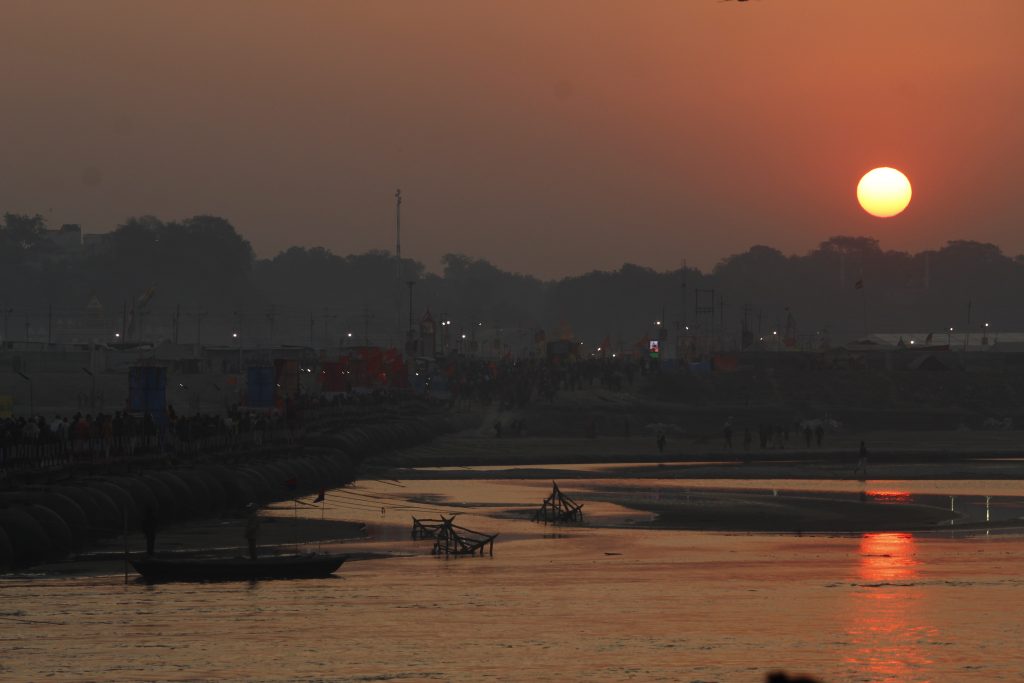
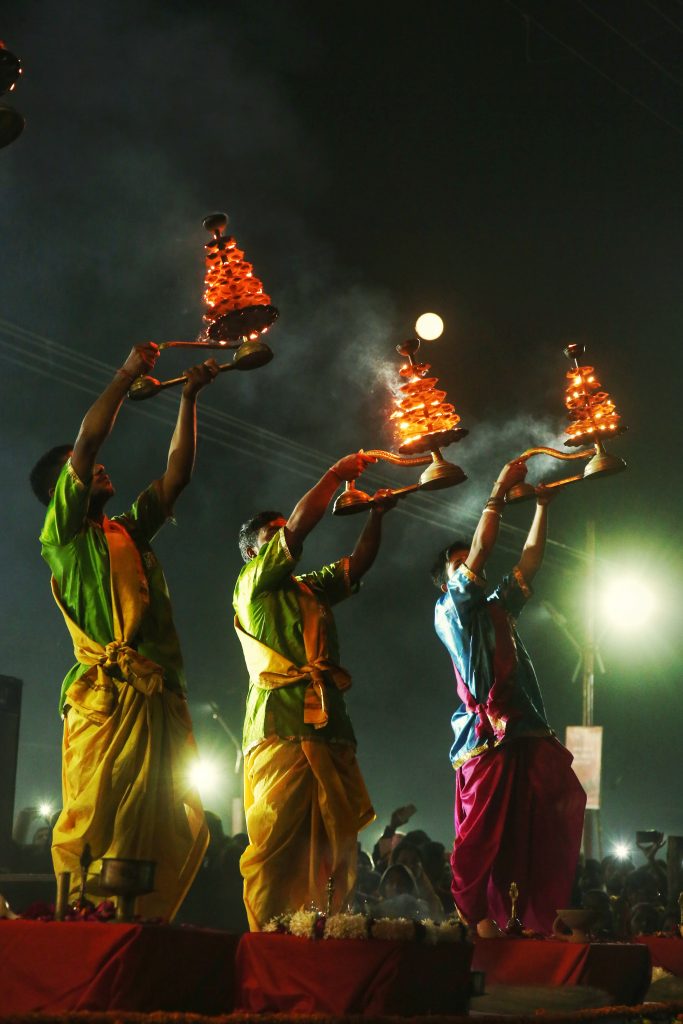
The event of Kumbh takes place in the four destinations as per the following astrological positions-
- When Jupiter moves into the Aquarius constellation and the Sun to the Aries constellation, Kumbh is held in Haridwar.
- When Jupiter moves into Leo, it is held at Nashik.
- When Jupiter enters Leo and Sun enters Aries, Kumbh takes place in Ujjain.
- When Sun is in Capricorn and Jupiter in Taurus, the Kumbh Mela is in Prayagraj.
Types of Kumbh Melas
- Maha Kumbh Mela: It is held only in Prayagraj. It comes in every 144 years or after 12 Purna (Complete) Kumbh Mela
- Purna Kumbh Mela: It comes every 12 years. Mainly held at 4 Kumbh Mela Places in India i.e. Prayagraj, Haridwar, Nashik and Ujjain. It rotates every 12 years at these 4 places.
- Ardh Kumbh Mela: It means Half Kumbh Mela which is held every 6 years in India only at two places i.e. Haridwar and Prayagraj.
- Kumbh Mela: Held at four different places and is organized by the state governments. Millions of people participate with spiritual enthusiasm.
- Magh Kumbh Mela: It is also known as Mini Kumbh Mela which is held annually and only at Prayagraj. It is organized in the month of Magh according to the Hindu Calendar.

In 2019, the Kumbh photography festival hosted by the Indian Institute of photography (IIP), YUVA Foundation, Parmarth Niketan, Ganga Action Parivaar, and Photowanderes from the 13th-16th January 2019 was a spectacle to behold with nearly two hundred photographers from around the world converging at the banks of this holy destination. the event began with inspiring blessings and messages from H.H.Pujya Swami Chindanand Saraswati Ji and Sadhvi Bhagawati Saraswati Ji, secretary-general, Global Interfaith WASH Alliance and President, Divine Shakti Foundation.
As the skies swept the spectacle opening up people to the quaint scents and reverberation of the place, the photography gathered in rapt attention to the speeches, inspiring them to “photograph with a purpose” and highlight the “mela with a message”.As the days moved on, more than 250 photographers were invited out of more than 4000 entries for participation. All arrangements are it their stay and satvik bhojan (pure vegetarian), seminar hall, exhibition hall and other logistics were organized by Parmarth Niketan. workshops, lectures, Photowalk, seminars, photography exhibition and photography contest arrangments to motive encourage and educate the photographers.
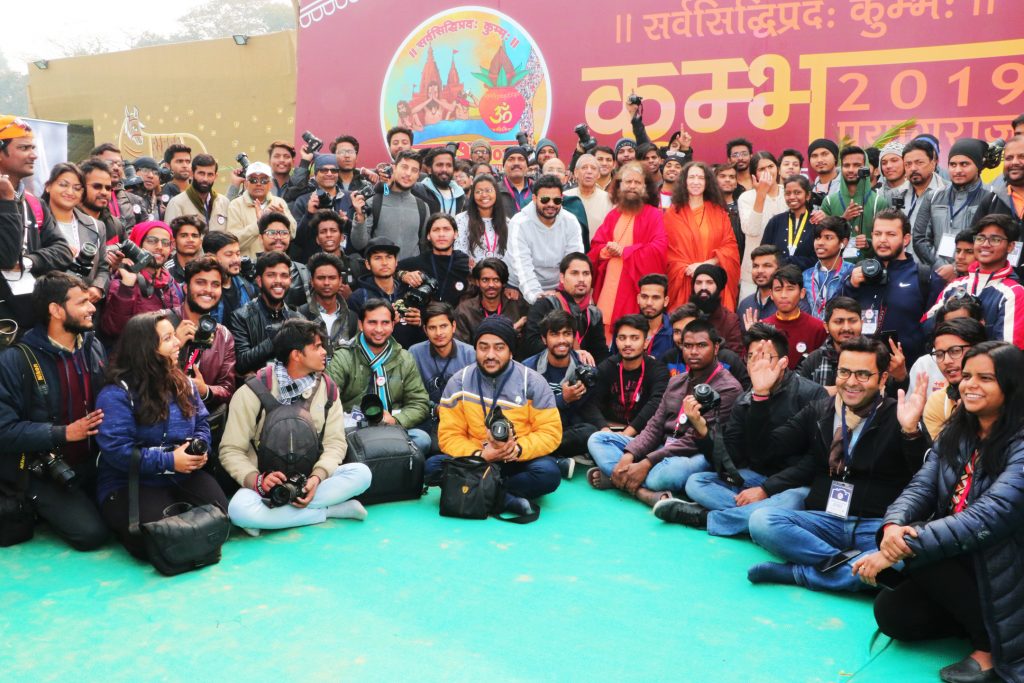
the contest theme: all the veteran and ardent photographers were given four themes – sadhus at Kumbh, Prayag city during Kumbh, devotees at Kumbh, and Snan at Kumbh. Adding to the flair and fervor of the event, a fifth theme titled “form of faith” was added for the photographer’s encouragement. The overall motive was to fill the photographer with the experience of faith.
The purpose behind this great confluence
More than an event, we wanted it to be an experience like no other,
- The idea was to bring enthusiast photographers from around the world to one platform where to showcase the welcoming feel of “Atithi Devo Bhava”.
- To expose them to the know-how and the real essence of Kumbh.
- To acclimatize them with the comfortable stay and the pious food serve in ‘pangat’ – the original Indian style of having food by sitting on the floor and chanting mantras before consumption. infused with social, cultural and spiritual ethos.
- The photographers should feel the emotions, rituals, processions, cultural importance, purpose, devotion, crowd, colors, Sangam, Sanam, infrastructure and everything that makes Kumbh an ethereal experience to be savored by one and all.
- To provide an immense amount of exposure to students of photography with the values and cultural excellence of our country.
Kumbh Mela is celebrated with all the ritual beliefs and people from different aspects gather to celebrate the eve.


